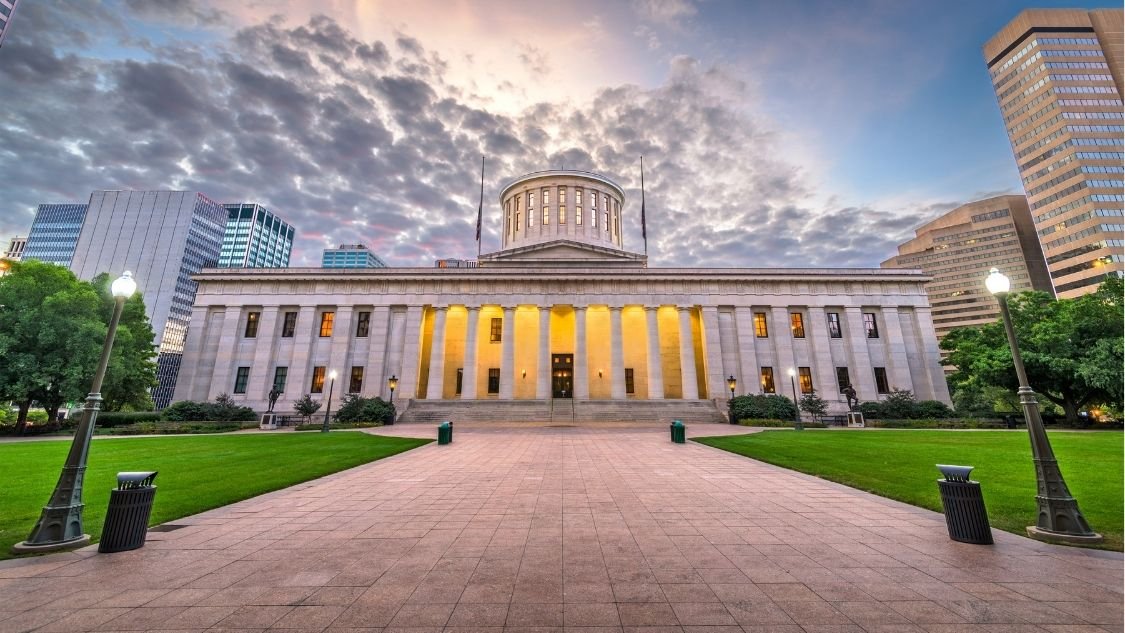The Potential of Pop-Ups
This article was originally published in Southern Urbanism Quarterly. It is shared here with permission.
A pop-up bike lane in Berlin. (Source: SupapleX.)
Sections of West Street in Raleigh, North Carolina, might soon look a little different, but it won’t be for the first time. That’s because the section of the street between Peace and Wade Streets is one of several in the state capital set to receive new bike lanes. It was also the subject of a weekend-long “pop-up” project in 2019. In partnership with the city of Raleigh, local bike advocacy organization Oaks and Spokes created a temporary, two-day bike lane to gauge the proposed project’s feasibility and gather input from local stakeholders. By creating momentum and demand for bike lanes and letting planners analyze the pros and cons of each project, pop-ups offer an inexpensive, temporary trial that can dramatically increase the pace and volume of bike lane rollouts.
Pop-up bike lanes are a relatively new concept, but the idea is sorely underutilized, especially in the American South. Many European cities took to creating pop-ups at the start of the pandemic, and studies since have shown that these projects generated a significant increase in cycling traffic. In the United States, however, many municipalities are still plagued by long wait times when trying to implement new biking infrastructure. Pop-ups can help change that.
In the case of West Street, the weekend-long pop-up helped planners reach some important conclusions. First, designers of the project discovered that the initial two-lane bike track posed safety and logistical concerns. In place of that plan, the city will now have two one-way lanes: a northbound track up West Street and a southbound track down the parallel street.
As more cities take note of pop-up bike lanes’ powerful potential for quickening an otherwise lengthy and arduous support-building and implementation process, they can learn from each other’s successes and setbacks. For starters, using traffic cones to demarcate the temporary lanes might dissuade bikers from utilizing them because the partitioned areas may be perceived as construction zones. Adding small potted plants between cones or using cones of different shapes or colors can fix this issue. Additionally, a planned pop-up is only supposed to last a short time, so it is important to use chalk paint in order to avoid contention with the city. Because “temporary” street paint can last several months, it is better for longer-term trials than for day-long events.
Pop-ups can’t address every public opinion blockade. In the case of the West Street bike lane, local business owners continue to express adamant concern that the bike lane will remove needed parking. While studies have repeatedly shown that business increases when bike and pedestrian access to storefronts increases, some shops rely consistently on customers who drive from afar and employees who do not live within biking distance. These businesses express real concerns, and it is important that city officials take time to discuss—and, when necessary, address—the worries of doubtful stakeholders.
Public opinion more generally is a key element of every infrastructure implementation process. Without personal experience, however, it is hard for any member of the public to know which changes may truly be meaningful for them. Pop-ups give every resident the chance to trial a change and make an informed decision about the project’s impact on their life. They also let municipalities better understand the logistics of a project by serving as a test run, not predicting but showing in real time how traffic increases or decreases, which intersections need extra support to remain safe, and, of course, to what extent citizens will use the project they funded.
Different styles of pop-up projects may work better for different cities. Whereas in Raleigh, a weekend-long pop-up coordinated with the city was an effective model, other municipalities have taken different approaches. In Berlin, transportation officials laid temporary pop-up lanes and allowed them to stay in place for months before confirming their popularity and replacing them with permanent lanes. In Seattle, a group of citizens calling themselves “Reasonably Polite Seattleites” took matters into their own hands, creating guerilla bike lanes and bike lane improvements. Though not all their projects stuck (changes on state-owned roads, for instance, could not be sanctioned by city officials), they began a real (and civil) conversation about the ease and necessity of quick, inexpensive changes.
Amid the messiness of the standard process for implementing an infrastructural change, the pop-up model cuts through red tape and offers a simple way to demonstrate the necessity and popularity of bike lanes. Felix Weisbrich, the mastermind behind Berlin’s pop-up lanes, illustrates their impact with an analogy he has dubbed the “river effect”: "If you have a river, people won’t swim over it. But if you build a bridge, they will suddenly cross, and that’s the same with bike paths." By embracing the pop-up model, cities can finally build these much-needed bridges.
Adeleine Geitner is the Spring 2023 Duke Initiative for Urban Studies Fellow on Sprawl Repair and Nodal Development.






